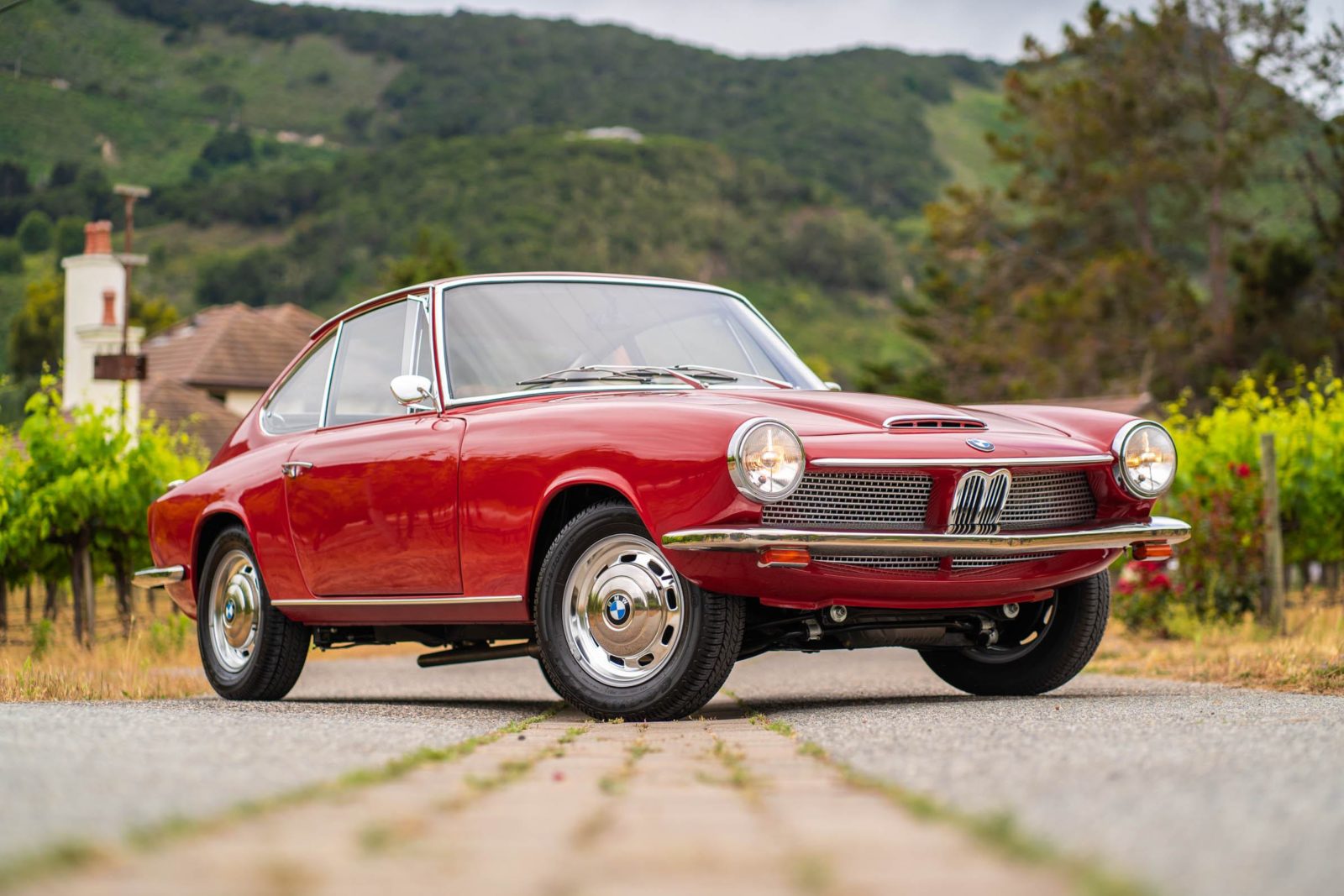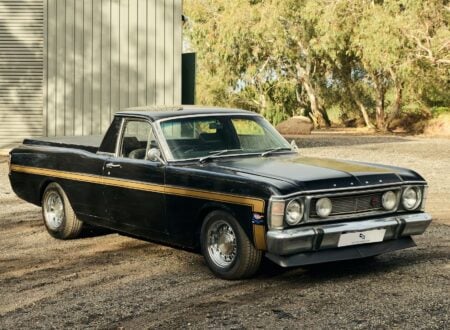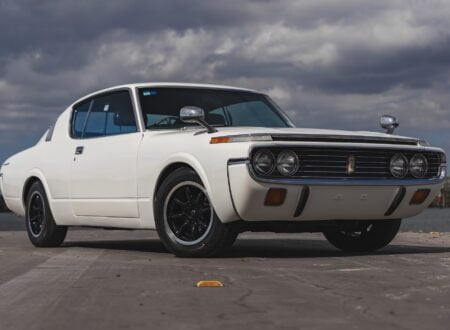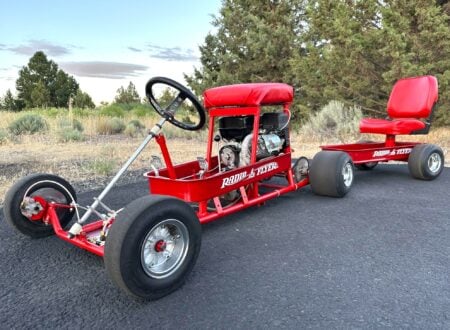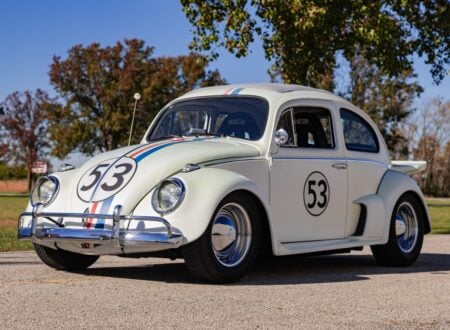The BMW 1600 GT is an exceptionally rare 1960s-era BMW that actually started life as model from another German manufacturer – Hans Glas. The car had originally been launched as the Glas 1300GT in 1963 at the Frankfurt Motor Show.
It was a beautifully styled 2+2 sports coupe designed by Pietro Frua and his team in Italy, the body was made by the coachbuilders over at Maggiora, and each car was built by Glas workers at their factory in Dingolfing, Germany.
Fast Facts – The BMW 1600 GT
- The BMW 1600 GT is one of the least well-known of BMW’s 1960s production cars, just 1,259 of them were ever made, five of these were imported into the USA.
- The car started life as the Glas 1300 GT. When BMW bought fellow German automaker Hans Glas in 1966 they reengineered the 1300 GT to use the same engine, gearbox, and independent rear suspension as the BMW 1600-2.
- By the standards of the era, the performance of the BMW 1600 GT was excellent for its class, with a top speed of almost 120 mph (190 km/h) – largely thanks to the low kerb weight of 2,116 lbs (960 kgs) and the 105 hp produced by the 1573cc BMW M10 inline-four cylinder engine.
- The elegant Italian styling of the 1600 GT combined with the practicality of 2+2 seating, moderate trunk space, a sophisticated BMW drivetrain, and independent rear suspension makes the car an excellent daily-drivable classic – for those who can find one.
Hans Glas And The 1300 GT
German automaker hans Glas GmbH was founded all the way back in 1883, originally as an agricultural machinery manufacturer.
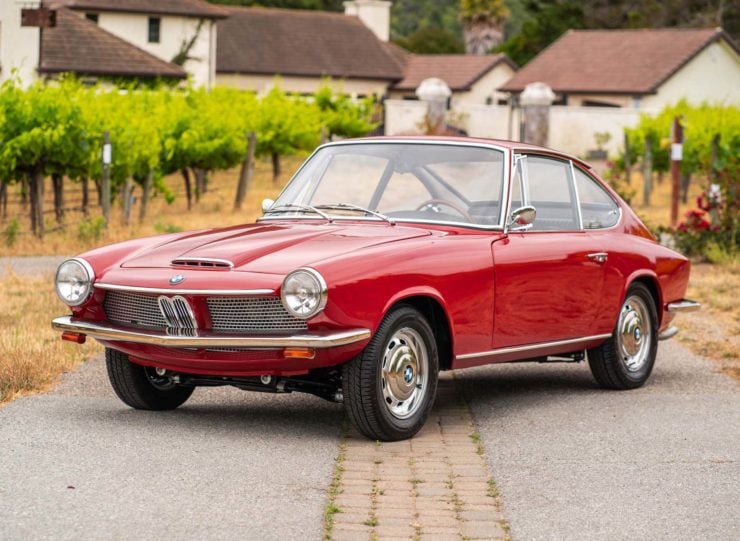

Andreas Glas, the son of company founder Hans, saw the Vespa display stand in Italy at an agricultural machinery exhibition and became so enthused by the concept he has his own Glas scooters in production within the year.
The scooters were followed by microcars like the Goggomobil, small and affordable transportation like this was in much demand in the years after WWII in Europe – and Glas turned a healthy profit selling them.
By the early 1960s Glas almost mirrored their Italian counterparts over at Iso Rivolta by turning from microcar and scooter building to full-size automobile manufacturing, in the hopes of becoming a fully-fledged automaker.
Just like Iso, Glas succeeded in their quest. At least for a time. They turned to Italian designers Frua for help with styling, and turned out a series of cars including the Glas 1004, Glas 1300 GT, and Glas 2600 V8 along with the closely related Glas 3000 V8.
Financial difficulties experienced by the company resulted in BMW acquiring them in 1966, this acquisition was largely due to the fact that BMW wanted the Glas factories for the added production volume it would give them.
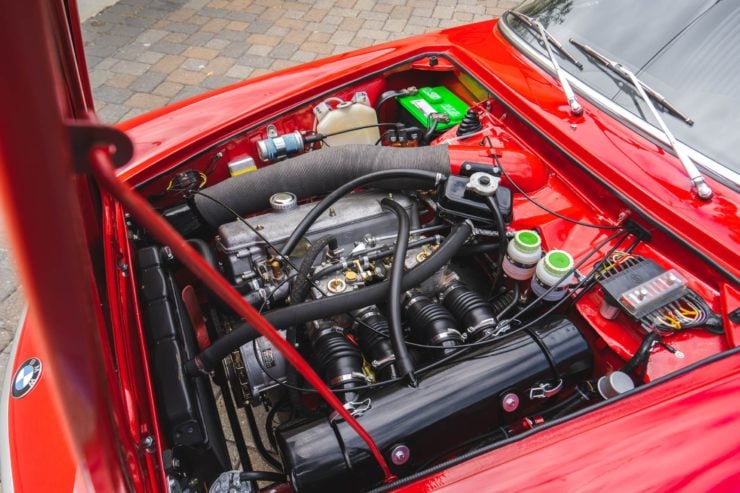

For a brief time BMW kept certain examples of the Glas model line in production, with modifications. These cars included the BMW 1600 GT and the BMW-Glas 3000 V8, but by late 1968 they had disappeared from showroom floors.
Today the surviving examples of these Glas-BMW cars are considered desirable by collectors for their historical uniqueness and their rarity.
The BMW 1600 GT Shown Here
The car you see here is a BMW 1600 GT from 1968, the second and final year the model was produced.
Considering the amount of engineering work that BMW put into the 1600 GT it’s a little surprising they didn’t keep it in production longer. BMW engineers pulled the original engine and transmission out of the Glas 1300 GT, as well as the live rear axle and leaf springs.
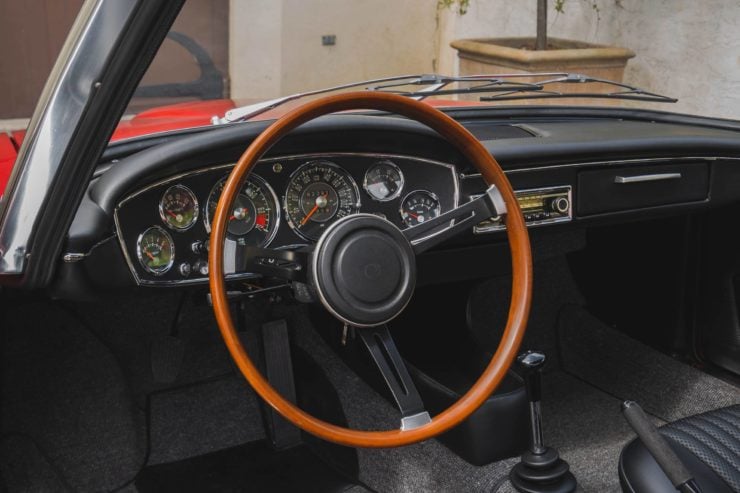

They then reworked the independent rear suspension on coil springs from the BMW 1600-2 into the Glas, as well as the 1573cc BMW M10 inline-four cylinder engine and manual transmission from the same donor model.
The resulting car had both improved power and better handling when compared to its predecessor, the only major change to the bodywork was the addition of a subtle pair of BMW kidney grills and a roundel front and back.
With just 1,259 examples of the BMW 1600 GT ever made and far fewer surviving to the current day, the car is now prized by BMW collectors around the world.
The 1600 GT you see here benefits from a recent full restoration, it’s a numbers matching car though the engine is now fitted with a pair of Weber 40 DCOE 151 carburetors in place of the Solex carburetors used originally.
This car is now being offered for sale in a live auction with Collecting Cars, at the time of writing there are a few days left to bid and the car is currently based in Monterey, California. You can click here if you’d like to visit the listing.
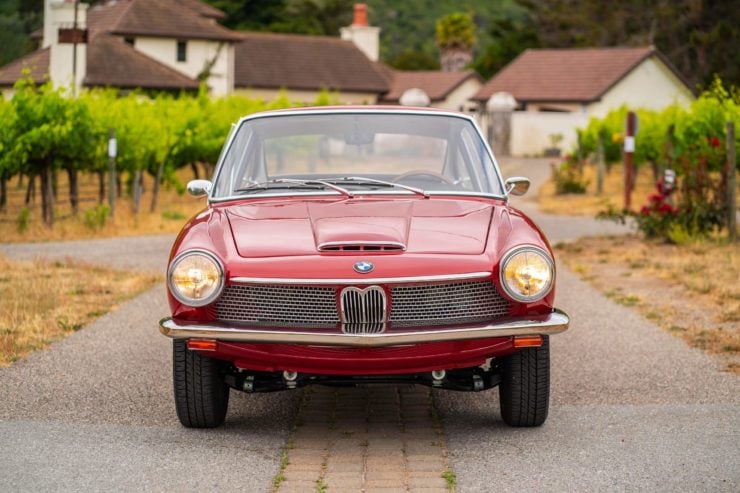
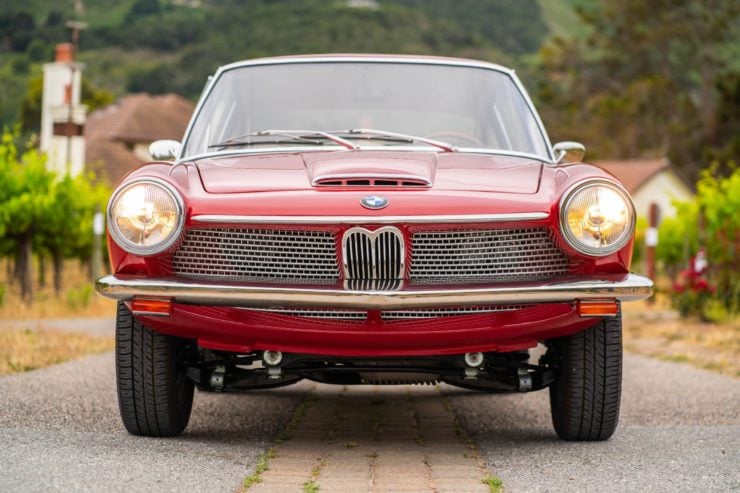
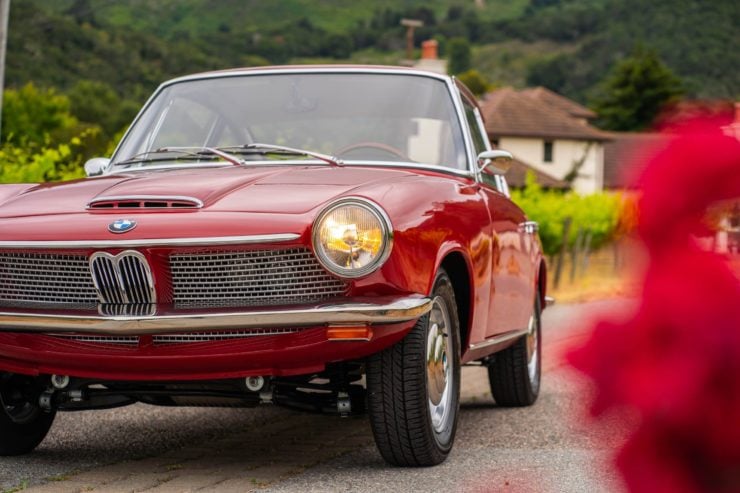
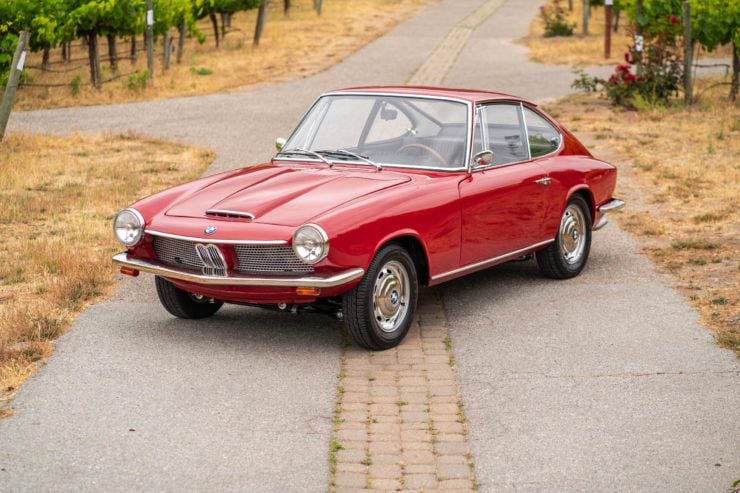
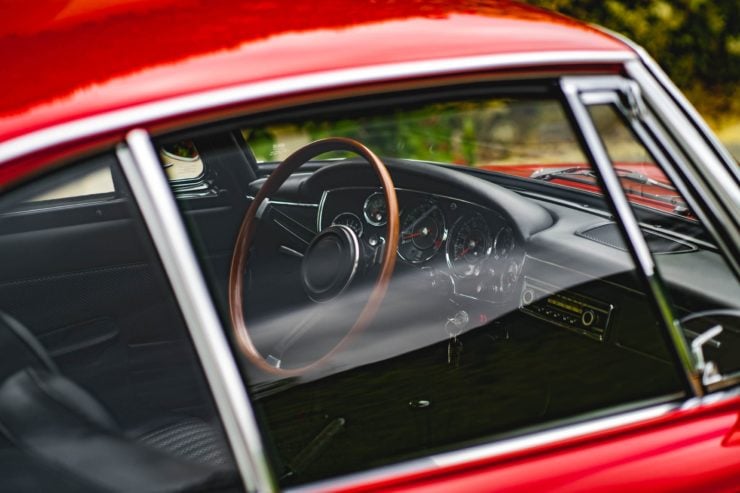
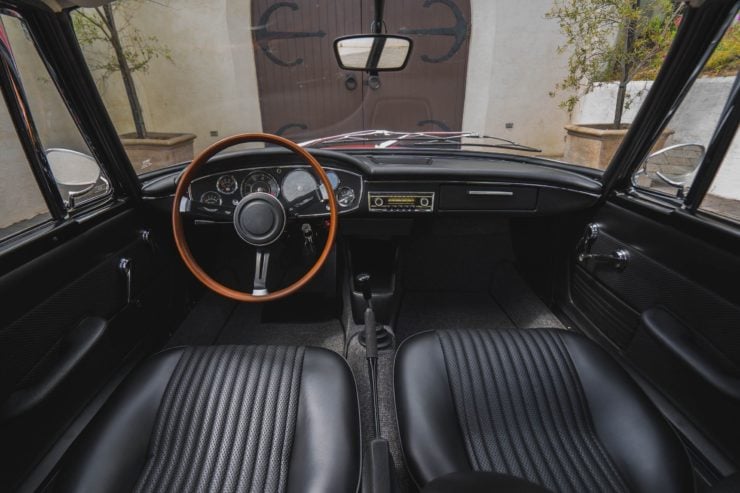
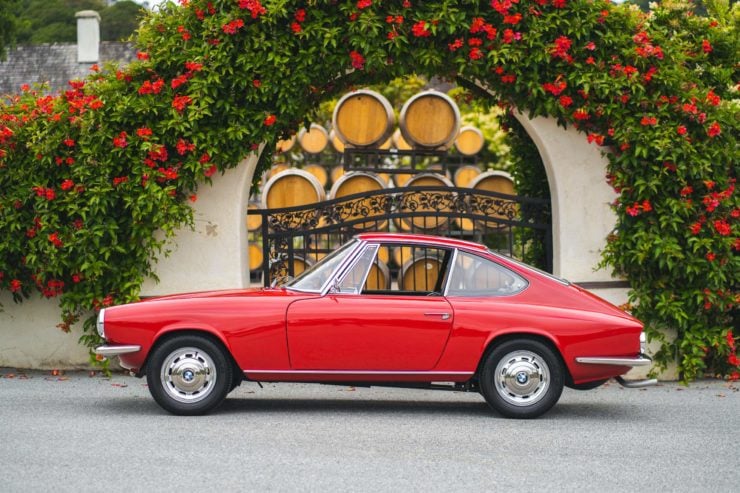
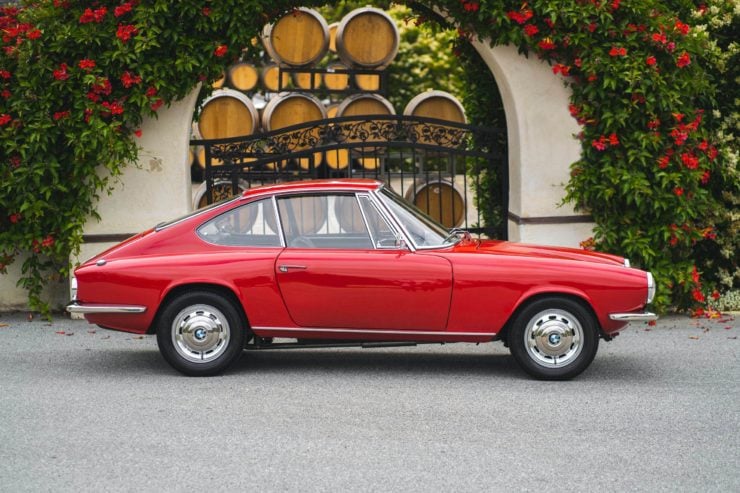
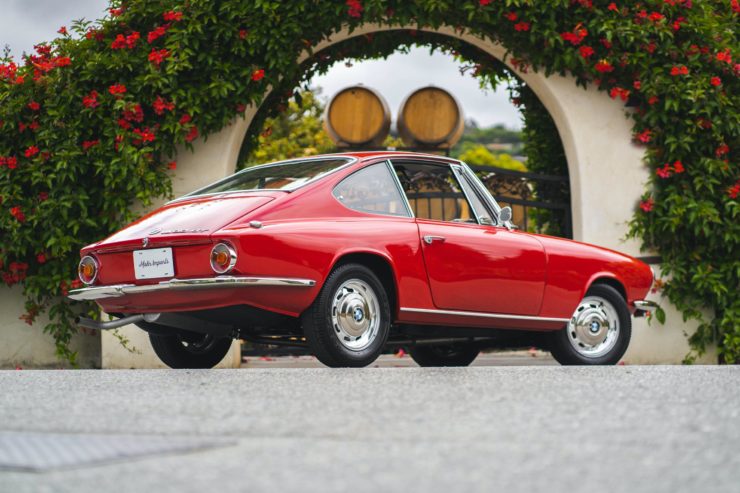
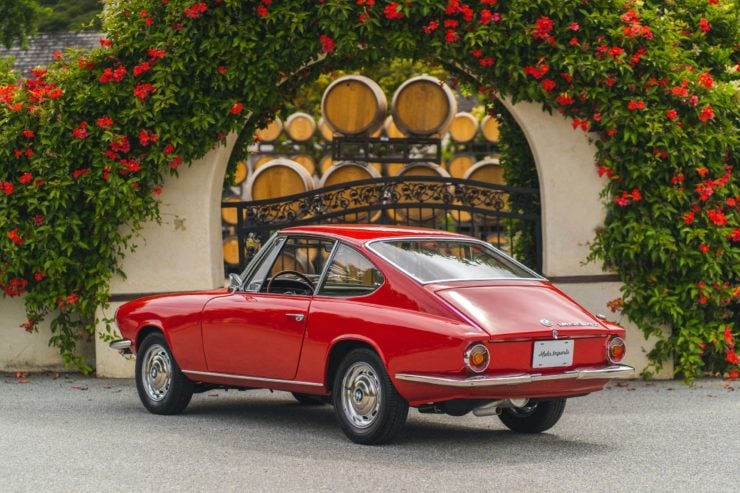
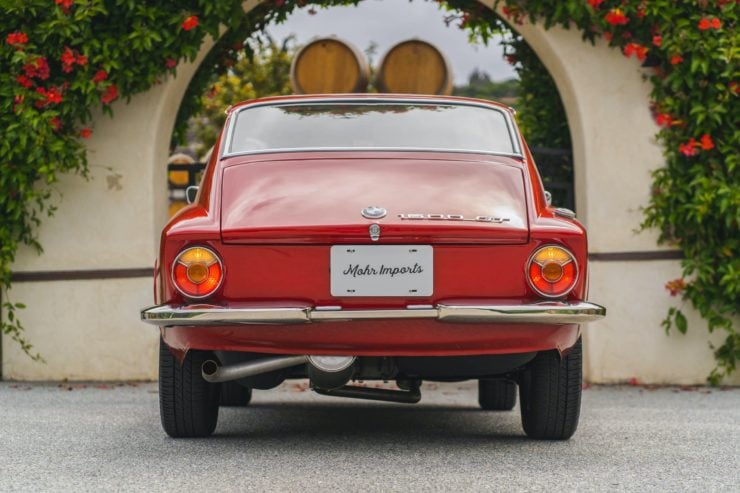
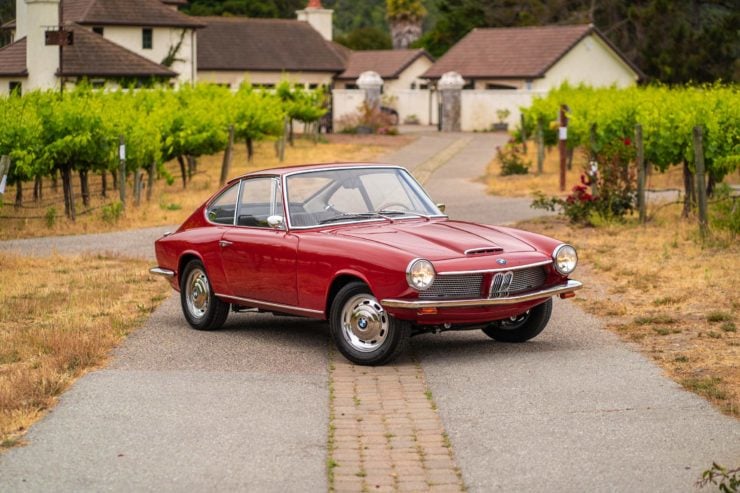
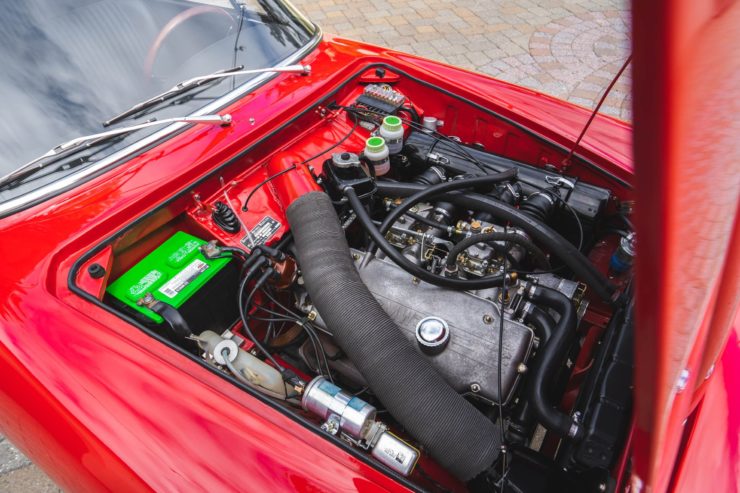
Images courtesy of Collecting Cars

